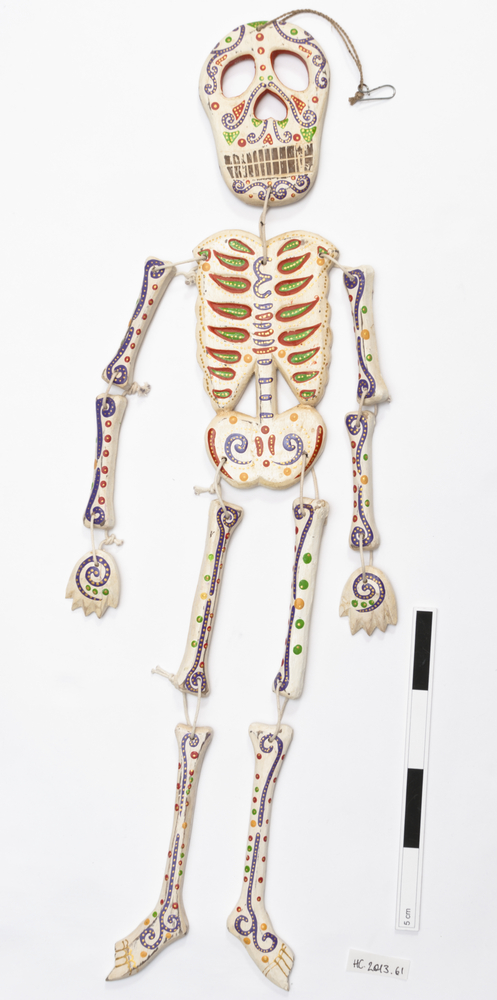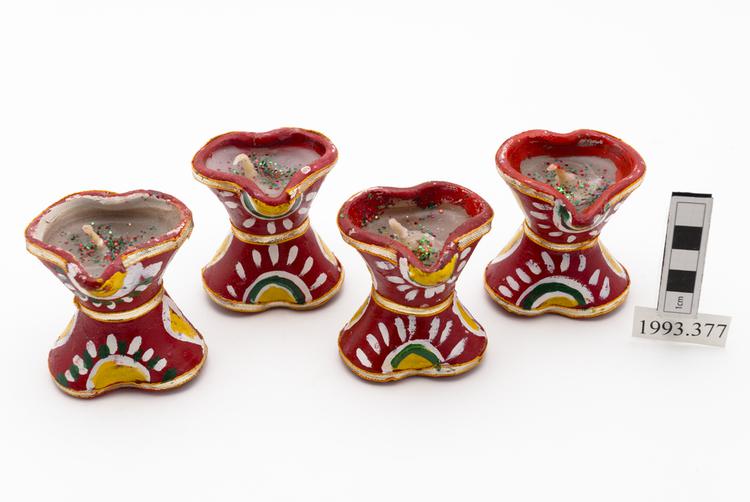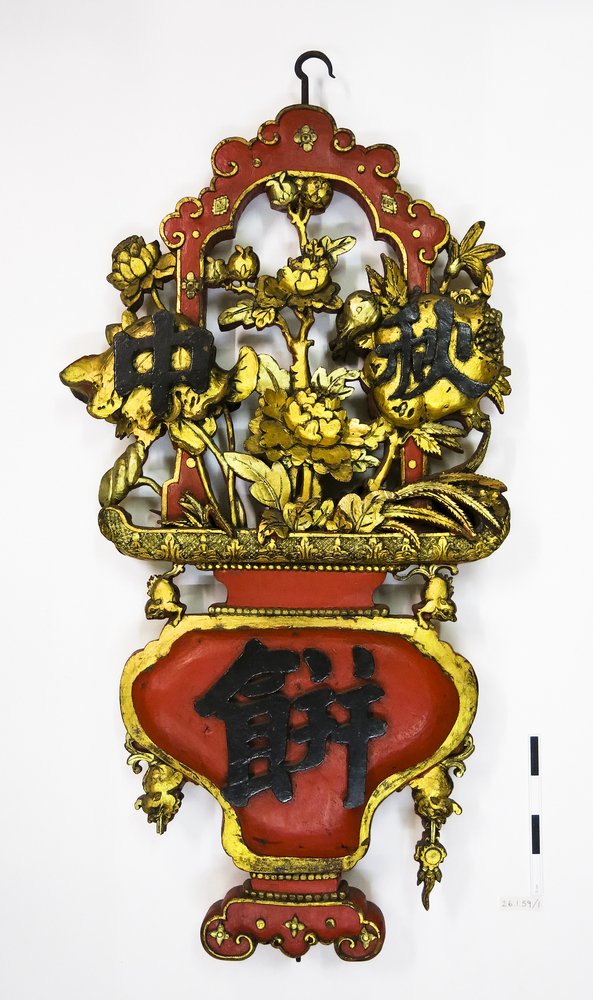Day of the dead – Mexico
Traditionally celebrated on the 1 or 2 November, Day of the Dead (or Día de Muertos) is a Mexican holiday.
It’s a joyful celebration where family and friends gather to pay respects to remember those who have died. Rather than being a solemn event however it is filled with colour and humour, with fun stories shared about the departed.
Graves are visited, and ofrendas (home altars) are created featuring the favourite foods and beverages of the dead person. People also honour the dead using calaveras and marigold flowers, known as cempazúchitl.
It is not only the dead who are celebrated however, with friends and family sharing gifts, including candy sugar skulls, and sharing pan de muerto, a type of sweet bread who name translates to ‘bread of the dead’.
There is debate about whether the festival has pre-Hispanic roots, or whether it’s a rebranded version of a Spanish tradition, developed to encourage Mexican nationalism. Either way it has become a national holiday in the country and is listed in the UNESCO Representative List of the Intangible Cultural Heritage of Humanity.

ornament (art)
Anthropology
Oktoberfest – Germany
Oktoberfest is the largest volksfest in the world – volksfest being a German beer or wine festival accompanied by a traditional funfair.
This beer festival and travelling carnival event is held annually in Munich from mid-September to the first Sunday in October. The festival sees visitors enjoy drinks, games and traditional German foods. The festivities are enjoyed by between five and seven million people annually.
The origins of this festival go back to 1810 when Kronprinz (crown prince) Ludiwg married Princess Therese of Saxe-Hildburghausen. The people of Munich were invited to attend wedding celebrations held on the fields in front of the city gates, including horse races. The decision was made to repeat the celebrations every year and Oktoberfest was born.
Diwali
The Hindu festival of lights, Diwali is traditionally celebrated between October and November, during the Hindu lunisolar months of Ashvin and Kartika. Celebrations last five to six days.
In 2025 the main celebration of Diwali will take place on 20 October.
The name comes from the Sanskrit dīpāvali meaning ‘row or series of lights’.
The festival sees people illuminate their homes, temples and workspaces with oil lamps or ‘diyas’, as well as candles and lanterns. There are also fireworks, and the decoration of floors with rangoli designs.
Food is eaten and shared, with families organising feasts and sharing mithai. Ancestors are remembered and cards and sweets are sent to family and friends.
The origins of Diwali are connected to various religious events, deities and personalities. One is that it marks the day that Rama returned to his kingdom in Ayodhya after defeating the demon king Ravana. It is associated with Lakshmi the Goddess of prosperity and Ganesha the God of wisdom and remover of obstacles.

candles (ritual & belief)
Anthropology
Moon Festival – China
This Chinese harvest festival is also known as the mid-autumn festival.
It is held on the 15th day of the 8th month of the Chinese lunisolar calendar, under a full moon. This means that it usually takes place between mid-September and early October. In 2025 it will take place on 6 October.
It is believed that on this day the moon is at its brightest and fullest, coinciding with harvest time. Sometimes this full moon is even referred to as the harvest moon.
To celebrate the festival, lanterns are lit and mooncakes (rich pastries filled with paste) are eaten. The lanterns symbolise beacons lighting people’s path to prosperity and good fortune whilst the mooncakes symbolise completeness and reunion.
Another important part of the festival is moon worship. Chang’e is the moon goddess in Chinese mythology and offerings are often made to her during the festival.
The harvest has been celebrated at the full moon in China since the Shang dynasty (C. 1600-1046 BCE).

trade sign
Anthropology
Loy Krathong Lantern Festival – Thailand
This festival is celebrated throughout Thailand and in nearby countries including Laos, Kelantan and Kedah. The name roughly translates as ‘to float ritual vessel or lamp’ and comes from the main activity associated with the celebration. A krathong is a small floating basket, normally made of leaves and holding a small portion of some kind of traditional Thai dish, dessert, or a small coin.
These baskets are then floated on a river. Many Thai people use the krathong to thank Goddess Khongkha, the Goddess of Water and River.
The festival takes place on the evening of the full moon of the 12th month in the traditional Thai lunar calendar. This means that it normally falls in the month of November. In 2025 it will take place on 5 November.
Sukkot
A Jewish harvest festival, Sukkot begins on the 15th day of the month of Tishrei. It goes on for seven days and at this time Sukkah are constructed. These are temporary buildings or ‘booths’ made out of natural materials.
The festival commemorates the time that the Jewish people spent in the desert, on their way to the Promised Land. It celebrates the way that God protected them during this time.
Another way that Sukkot is celebrated is the shaking of the Lulav (a palm frond) along with a Hadass (branch of the myrtle tree), Aravah (branch of the willow tree) and Etrog (a yellow citrus fruit). These are known as the four species.
Sukkot is one of three pilgrimage festivals and takes place five days after Yom Kippur. In 2025 it will take place 6 October–13 October.


